Utahns eat bugs, learn about bees at Natural History Museum of Utah BUGfest
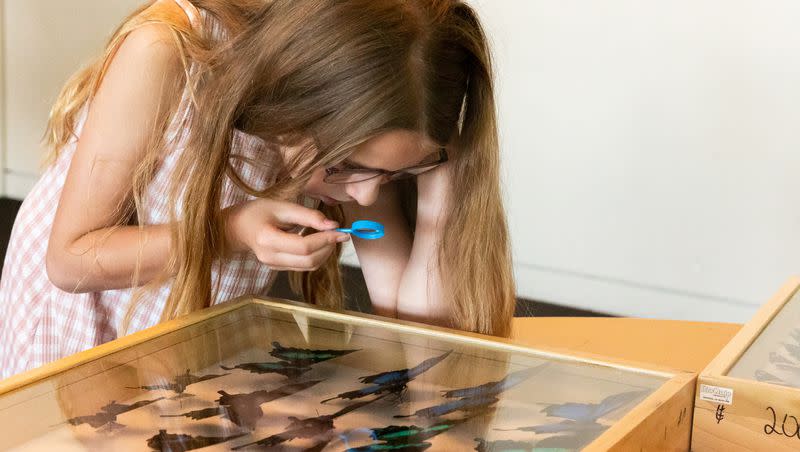
What's the buzz in the Beehive State this weekend? The Natural History Museum of Utah's annual Bugfest is paying tribute to Utah's favorite insects with a two-day festival teaching locals about the importance of bees.
The event started Saturday morning and goes from 10 a.m. to 5 p.m. Saturday and Sunday at the museum at 301 Wakara Way in Salt Lake City.
"Insects, in general, and bees, in particular, are really essential pollinators to make sure that we have pollination throughout agricultural food crops," said museum director and entomologist Jason Cryan. "We're hoping people come away with a sense of importance of insects, and with particular regards to bumblebees. … We're really excited to have just a really vibrant event this weekend."
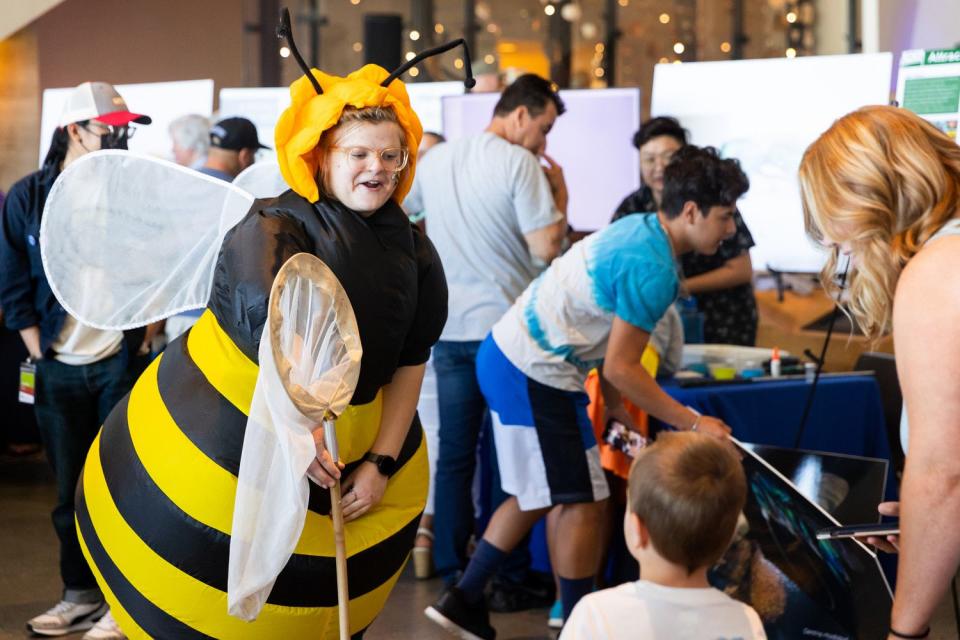
This year features Bugfest's first-ever "Bug Bites" talk series, featuring an array of entomologists, professors, doctorate students and researchers presenting findings on the history, biology and evolution of bees and other bugs in Utah.
Cryan is one of those speakers, whose presentation on "Mild-Mannered Mini-Monsters" highlights the fieldwork he has conducted on treehoppers, planthoppers and spittlebugs through over 20 tropical countries in Central and South America, Africa, Asia and Australia.
Margaret Chamberlain, museum public relations coordinator, said Bugfest is the only time of the year that curators bring out a special entomology collection.
"This is an opportunity for visitors to see specimens that we have in our collections that they would not ordinarily get to see within our exhibits," Chamberlain said.
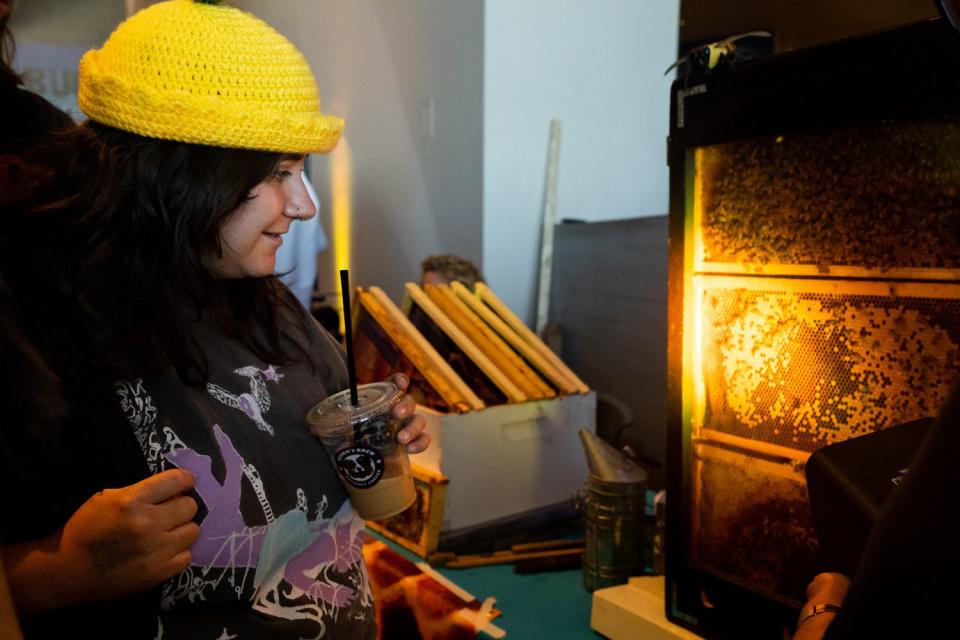
She added that there is something for all members of the family to enjoy at the festival. Along with bug exhibits, vendors and the "Bug Bites" talk series, the festival includes a selection of crafts, face-painting and interactive learning experiences for kids. This year's program also features the museum's first-ever sensory-friendly room for overstimulated guests to step away before returning to the festivities.
Christy Bills, who has worked as the NHMU entomology collections manager for 25 years, said in a statement prior to the event that she loves getting to show off the museum's bug collection to the state.
"We hold these specimens in trust for the people of Utah and researchers worldwide," Bills said. "Bugfest is a wonderful opportunity to share our entomology collection with the public. I love sharing the history, geography, taxonomy and biographies behind our hundreds of thousands of specimens."
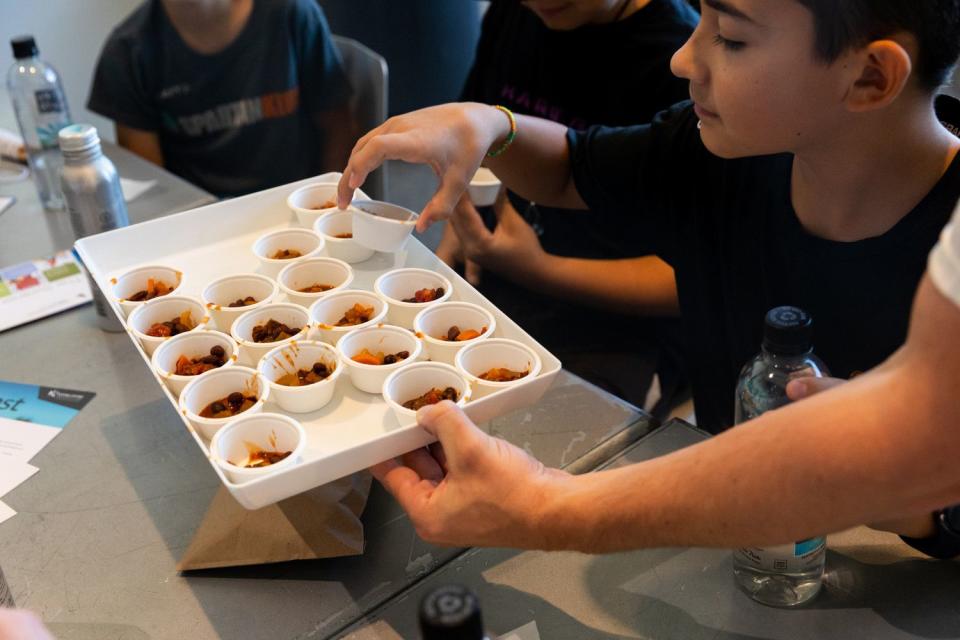
Edible bugs?
Attendees might also see museum workers wandering around with a Costco sample tray full of … bugs?
Megan Bartley, University of Utah evolutionary anthropologist and chef, prepared five menu items for museum attendees to try — featuring different kinds of bugs. Her "Bugbar" includes a vanilla-berry protein smoothie made with mealworm powder, a spicy giant water bug pasta salad, a sago worm and black bean chili, lemon-and-black-ant cake, and crunchy cricket granola featuring cricket flour.
Bartley worked in the food industry for over 20 years before going to grad school for an anthropology degree, where she realized most of the world eats bugs — and that they can be a sustainable and nutritious additive to a person's diet. Mealworm powder, for example, is a slow-digesting protein that gives consumers energy throughout the day, she said.
"We're here actually to demonstrate that insects are a really amazing sustainable way of future food production," Cryan added. He said using insects in food production takes much less land, water and other resources while still providing consumers with "an amazingly high amount of protein, good fats, vitamins and minerals."
"About 80% of the world's population has eaten insects as a dietary staple for thousands of years. So, we're really kind of unusual here," Cryan said. "We're not here today to shock people and gross people out. … They really are a sustainable way of feeding the growing population."
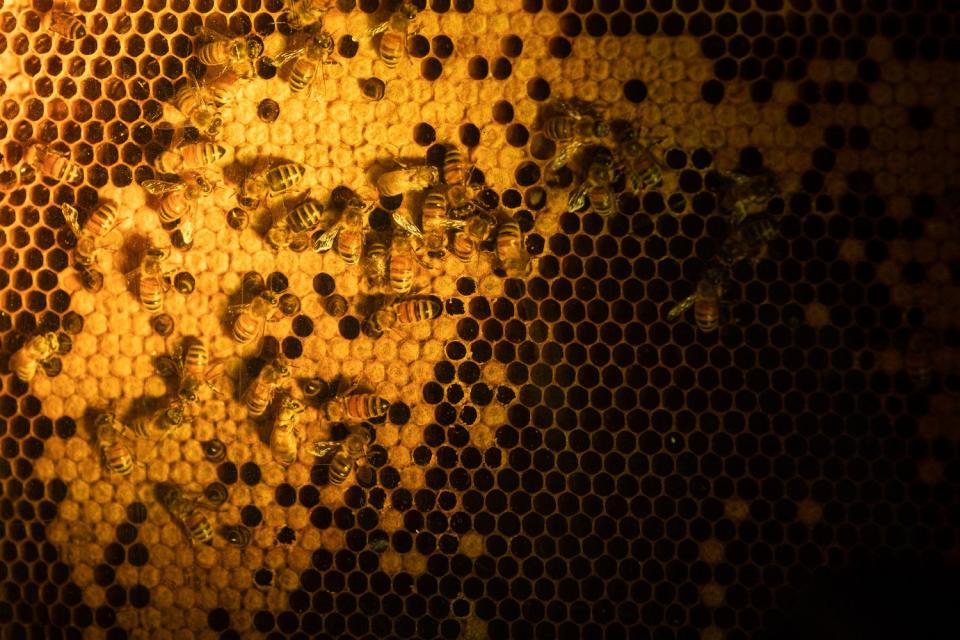
Importance of bees in Utah
A series of booths from local conservation groups educated visitors on the importance of bees and gave them a call to action on how they can help the local bee populations.
There are more than 1,000 species of bees in Utah, Chamberlain said.
Jenna Crowder, diagnostic entomologist for the Utah Department of Agriculture and Food Apiary Program, said her program "ensures the health of honeybees throughout the entire state."
"This is super vital for food security, for commercial and hobbyist beekeepers alike," Crowder said. "Having a program that is dedicated to the health of honeybees is important for, you know, anyone who eats food."
Amanda Barth, rare insect conservation coordinator at Utah State University, said she hopes visitors leave the festival with a sense of the kinds of rare insect species in Utah that need conservation.
"I'm really hoping that people are curious about how to take small actions or large actions to contribute to that conservation," Barth said. She encourages locals to learn about rare insects and help catalog them.

